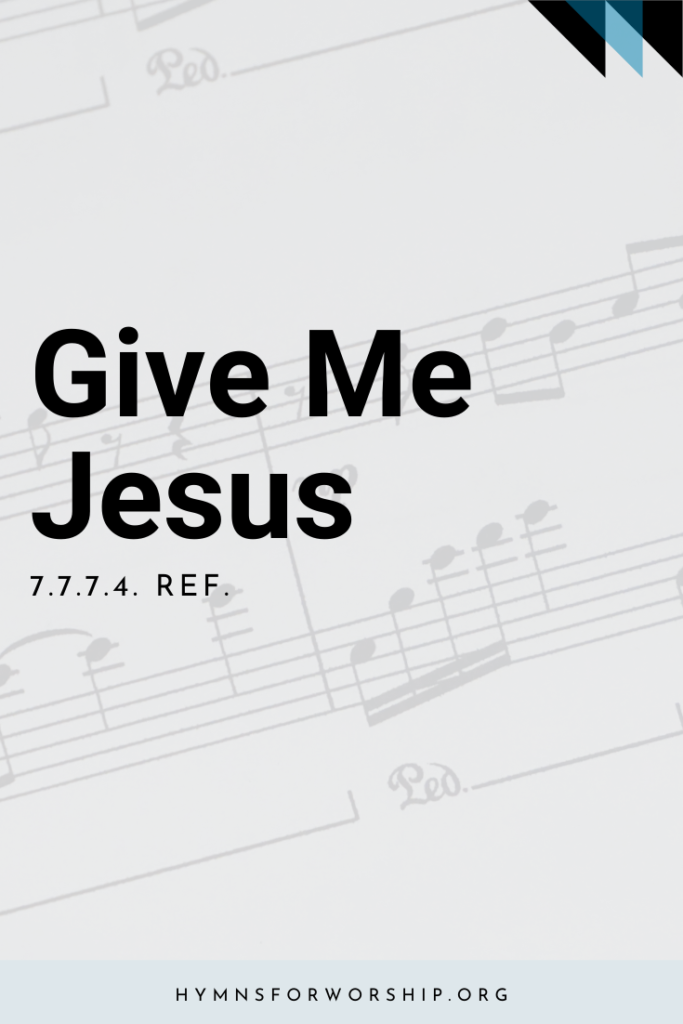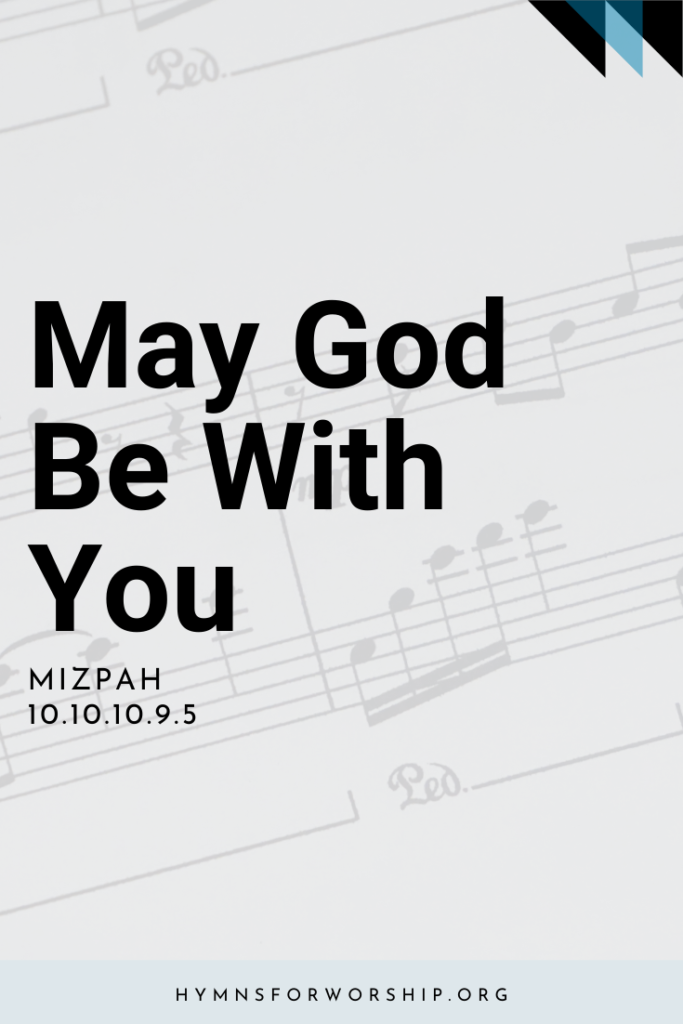GOSPEL >> Consecration
SDAH 319
Lord, I want to be a Christian in my heart, in my heart,
Lord, I want to be a Christian in my heart, in my heart.
In my heart, in my heart,
Lord, I want to be a Christian in my heart, in my heart.


Text
1
Lord, I want to be a Christian in my heart, in my heart,
Lord, I want to be a Christian in my heart, in my heart.
In my heart, in my heart,
Lord, I want to be a Christian in my heart, in my heart.
2
Lord, I want to be more loving in my heart, in my heart,
Lord, I want to be more loving in my heart, in my heart.
In my heart, in my heart,
Lord, I want to be more loving in my heart, in my heart.
3
Lord, I want to be more holy in my heart, in my heart,
Lord, I want to be more holy in my heart, in my heart.
In my heart, in my heart,
Lord, I want to be more holy in my heart, in my heart.
4
Lord, I want to be more like Jesus in my heart, in my heart,
Lord, I want to be more like Jesus in my heart, in my heart.
In my heart, in my heart,
Lord, I want to be more like Jesus in my heart, in my heart.

Hymn Info
Biblical Information
(a) Ps 84:2
Text Source
American Negro Spiritual
Metrical Number
8.6.8.3.3.3.8.3.

Get the hymn sheet in other keys here
Notes
Make each hymn more meaningful with these helpful tools: Short, ready-to-use hymn introductions for church bulletins, multiple ways to introduce a hymn based on your worship theme and in-depth history and insights to enrich your song service.





